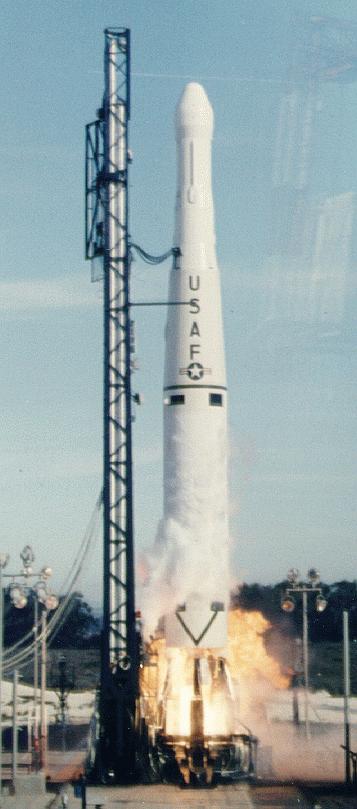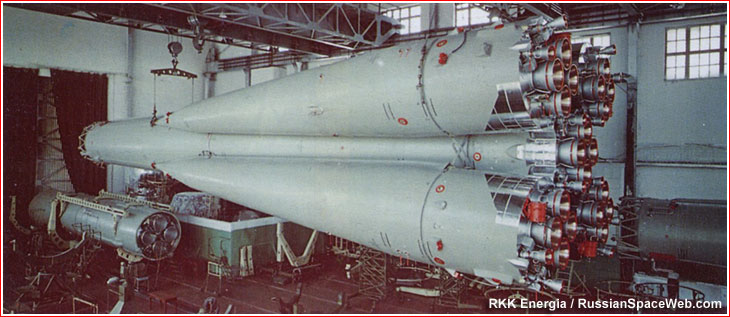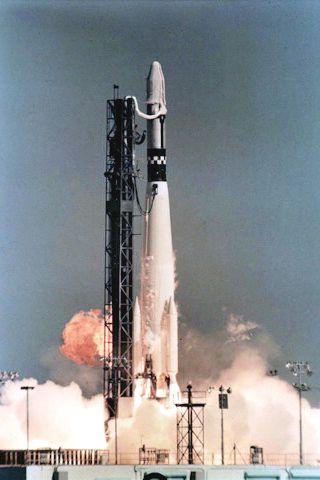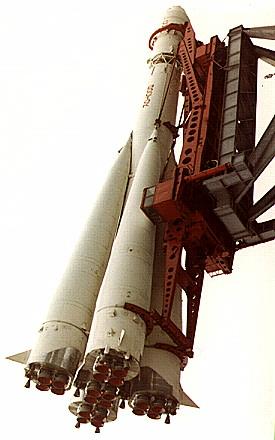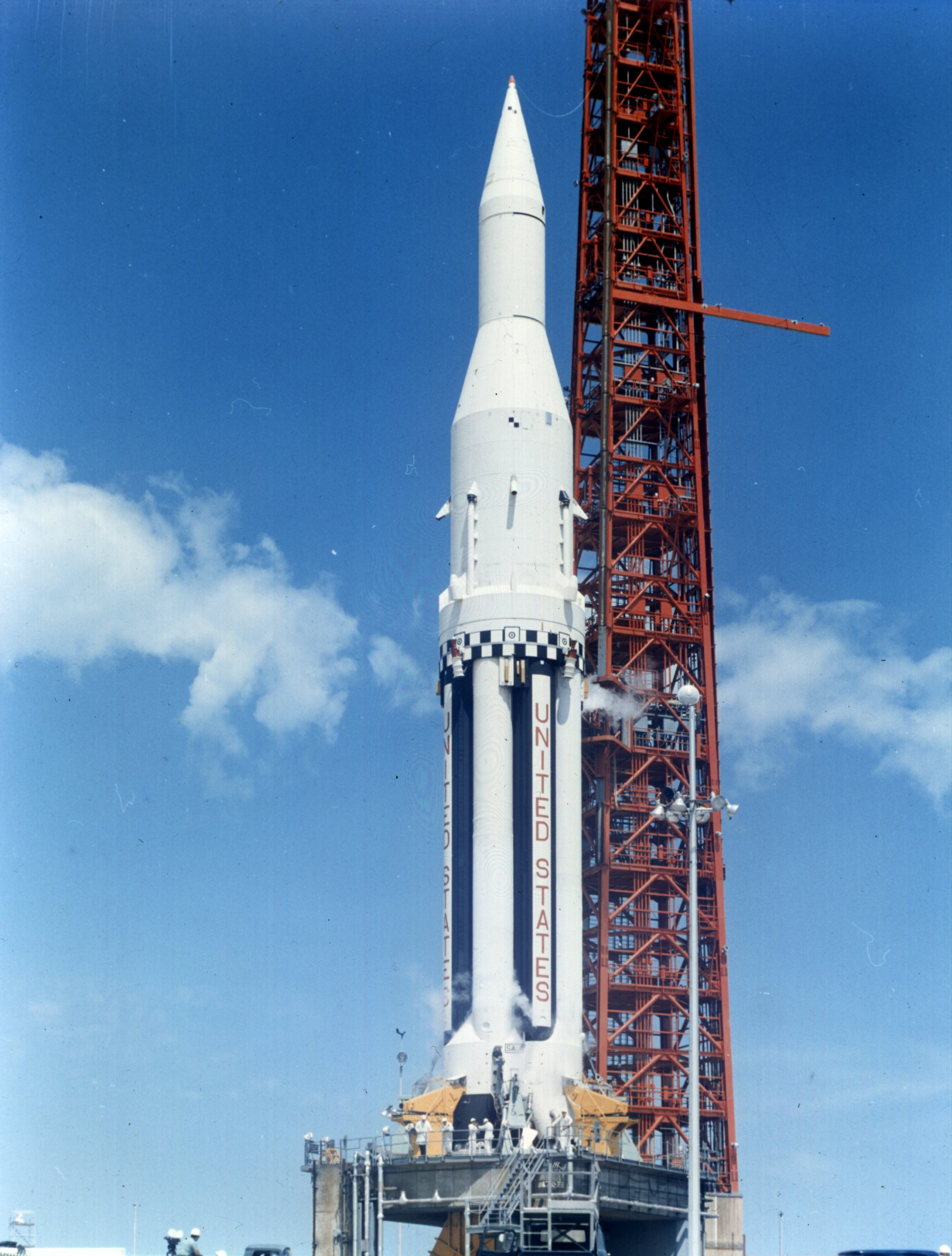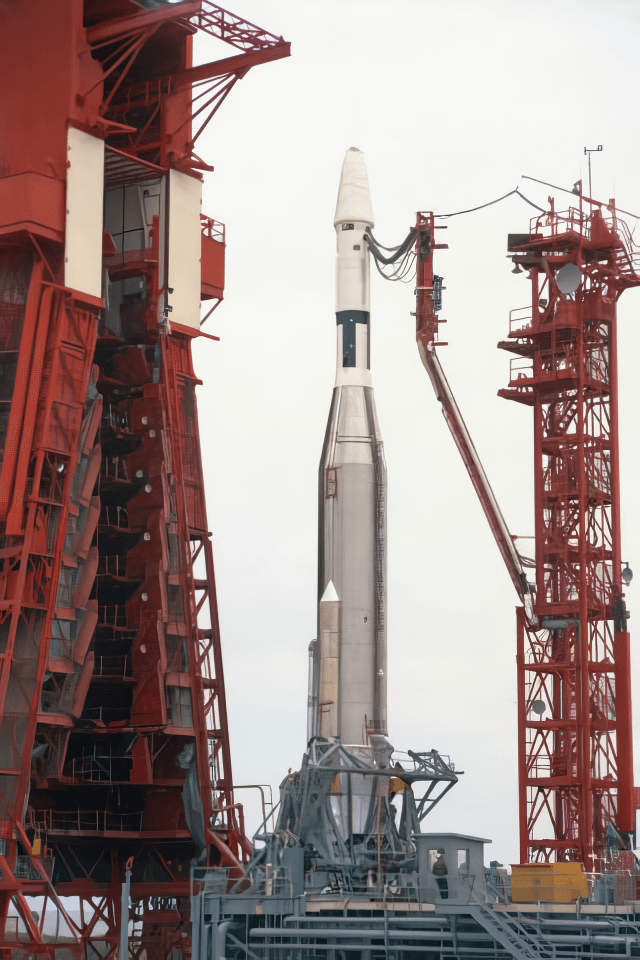Previous Spaceflight Launches
Filter by Agency, Locations or Vehicles
Show All LaunchesThor DM-21 Ablestar | Transit-O 1
United States Air Force | United States of AmericaVandenberg SFB, CA, USA
Oct. 6, 1964, 5:04 p.m.
Status: Launch Successful
Mission:
The Transit-O series of satellites that closely followed the design of Transit 5C-1 were also called “Oscars” (Oscar is the phonetic alphabet for “O”, i. e., operational). They were also called NNS (Navy Navigation Satellite) or shortened NavSat.
Polar OrbitVoskhod | Voskhod-3KV 1
Soviet Space Program | RussiaBaikonur Cosmodrome, Republic of Kazakhstan
Oct. 6, 1964, 7 a.m.
Thor SLV-2A Agena D | KH-4A 11
McDonnell Douglas | United States of AmericaVandenberg SFB, CA, USA
Oct. 5, 1964, 9:50 p.m.
Thor Delta C | Explorer 21
McDonnell Douglas | United States of AmericaCape Canaveral SFS, FL, USA
Oct. 4, 1964, 3:45 a.m.
Vostok 8A92 | Zenit-2 22
RKK Energiya | RussiaBaikonur Cosmodrome, Republic of Kazakhstan
Sept. 24, 1964, 12:04 p.m.
Atlas SLV-3 Agena D | KH-7 11
Convair | United States of AmericaVandenberg SFB, CA, USA
Sept. 23, 1964, 8:05 p.m.
Status: Launch Successful
Mission:
The Program 206 satellite, carrying the KH-7 (Keyhole 7) camera system (codenamed Gambit-1), was the first successful high resolution space reconnaissance program. It was managed by NRO's Program A, the USAF-led segment of the National Reconnaissance Program managed from Los Angeles AFB in El Segundo, California.
Sun-Synchronous OrbitSaturn I | Saturn-SA 7
Chrysler | United States of AmericaCape Canaveral SFS, FL, USA
Sept. 18, 1964, 4:22 p.m.
Thor SLV-2A Agena D | KH-4A 10
McDonnell Douglas | United States of AmericaVandenberg SFB, CA, USA
Sept. 14, 1964, 10:53 p.m.
Voskhod | Zenit-4 4
Soviet Space Program | RussiaBaikonur Cosmodrome, Republic of Kazakhstan
Sept. 13, 1964, 9:45 a.m.
Atlas Agena B | OGO 1
United States Air Force | United States of AmericaCape Canaveral SFS, FL, USA
Sept. 5, 1964, 1:23 a.m.
